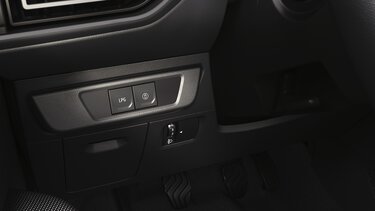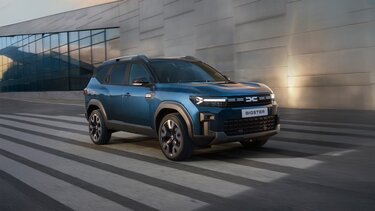Why drive on LPG?
01/07/2024
What are the advantages of LPG?
Opting for a petrol-LPG bi-fuel vehicle offers a range of benefits, for both your wallet and the environment. Before diving into the details, let’s take a moment to explain what LPG fuel is and how vehicles that run on it operate.
WHAT IS LPG?
Liquefied Petroleum Gas, or LPG, is composed of two light hydrocarbons: butane (about 80%) and propane (about 20%), which are derived from oil refining and natural gas processing.
While commonly used for heating and hot water, LPG also serves as a clean alternative automotive fuel, known as “autogas”. Although not as widely available as petrol or diesel, LPG is steadily gaining traction among drivers, with 15 million cars sold in Europe and between 20 to 30 million globally.
HOW DO LPG VEHICLES WORK?
LPG vehicles are bi-fuel, meaning they can run on two different types of fuel. These vehicles are equipped with two tanks: one for LPG and the other for petrol or, less frequently, diesel. The engine switches between the two tanks as needed. When starting up, the engine always uses the petrol tank first.
Therefore, it is more accurate to refer to these as petrol-LPG vehicles rather than just LPG vehicles.
Good to know:
- Be careful not to confuse a bi-fuel vehicle with a hybrid vehicle. A hybrid has both a combustion engine and an electric motor, whereas a bi-fuel vehicle has a single engine running on two types of fuel.
- An LPG vehicle can have either a manual or an automatic transmission.
- You can either buy a petrol-LPG vehicle or retrofit your current car with an LPG kit, provided it is compatible (a process known as LPG conversion).
- Vehicular Natural Gas (VNG), which has a similar composition to LPG, is primarily used for buses and lorries.
- Dacia is a leading manufacturer of petrol-LPG vehicles, branded under the name “Eco-G”.
ENVIRONMENTAL BENEFITS OF LPG
Lower CO2 emissions
When running on LPG, a petrol-LPG vehicle emits less CO2 compared to a petrol-only vehicle.
Fewer fine particles and nitrogen oxides
Fine particles from fuel combustion can severely affect air quality. LPG vehicles produce almost no fine particles—about 10 times fewer than petrol cars. They also outperform diesel vehicles with particulate filters in this regard.
Additionally, LPG engines emit at least 13 times less nitrogen oxide than diesel engines, making them a greener choice for the environment.
ECONOMIC ADVANTAGES
LPG is significantly less expensive at the pump compared to petrol and diesel. As a result, the fuel budget for a driver using LPG is approximately 20% to 30% lower than that of someone using a conventional combustion-powered car.
PRACTICAL ADVANTAGES
Ease of use
Using an LPG car is very simple. You can alternate between petrol and LPG manually by pressing the designated switch. The selected mode is automatically maintained for subsequent restarts. If the LPG tank runs out, the vehicle automatically switches to 100% petrol. Maintenance intervals are the same as for a petrol car.
Greater driving range
With both petrol and LPG tanks, a petrol-LPG vehicle boasts a longer driving range compared to a petrol-only car.
WHAT ARE THE DOWNSIDES OF LPG?
Fewer purchase incentives compared to electric vehicles
Petrol-LPG vehicles generally receive fewer purchase incentives than electric cars, which emit no CO2 while driving.
Limited availability of fuel stations
There are fewer stations offering LPG compared to those supplying petrol, diesel or EV charging points. However, there are still 33,000 stations across Europe and 55,000 globally. As the number of petrol-LPG vehicles grows, the number of stations with dedicated pumps is expected to increase in the coming years.
Good to know: A petrol-LPG vehicle can run using only the petrol tank. So, there is no need to worry if you find the LPG tank is empty during a journey and there is no station nearby.
The purchase price
A petrol-LPG vehicle usually costs a bit more upfront compared to a petrol-only model. However, the savings on fuel costs soon make up for this initial expense.
Key takeaways
Given its better environmental performance, significant fuel cost savings and greater driving range, driving an LPG vehicle offers several advantages over petrol or diesel-only cars. This type of engine is an attractive choice in the shift towards greener transportation, alongside fully electric and hybrid models.







